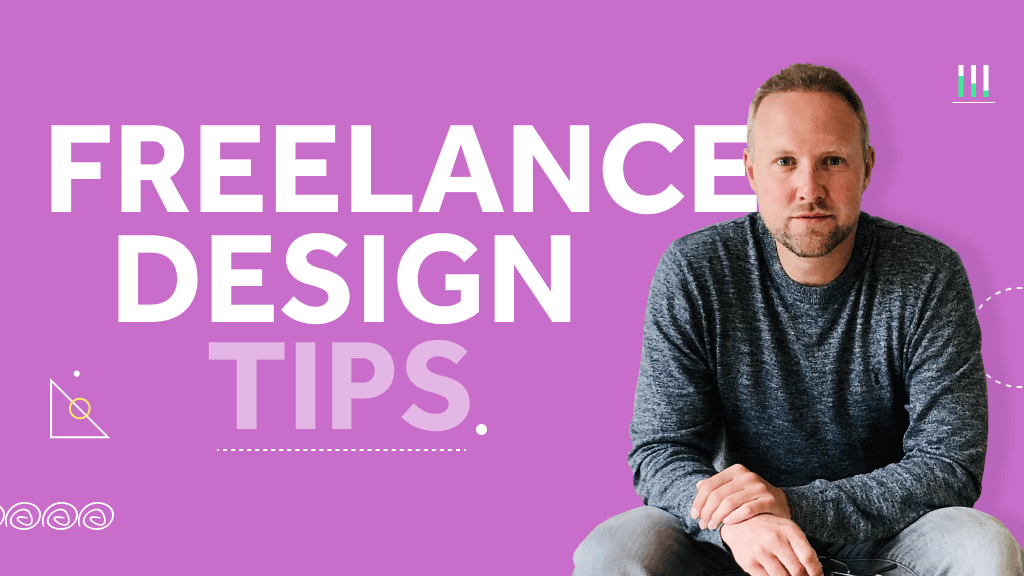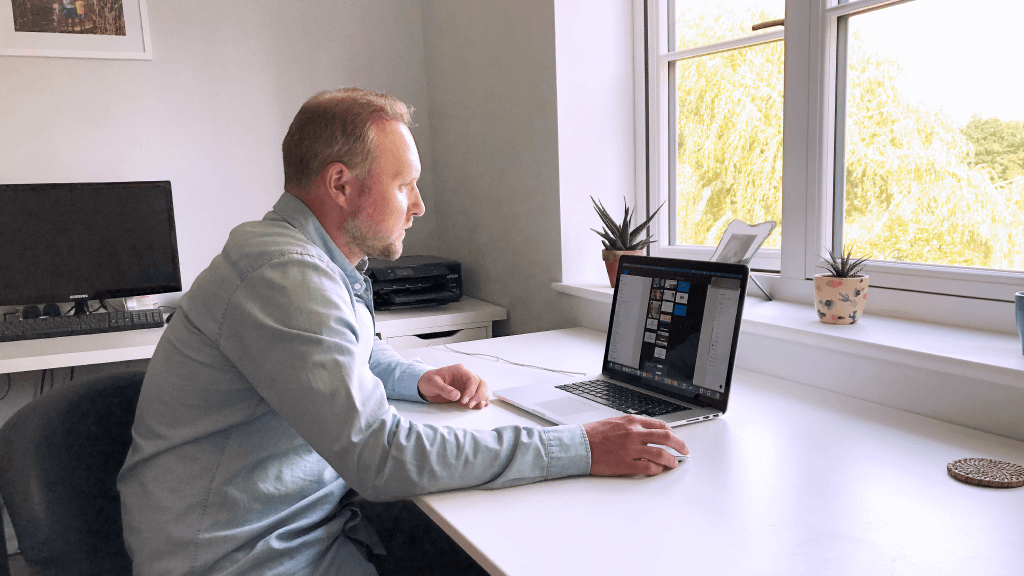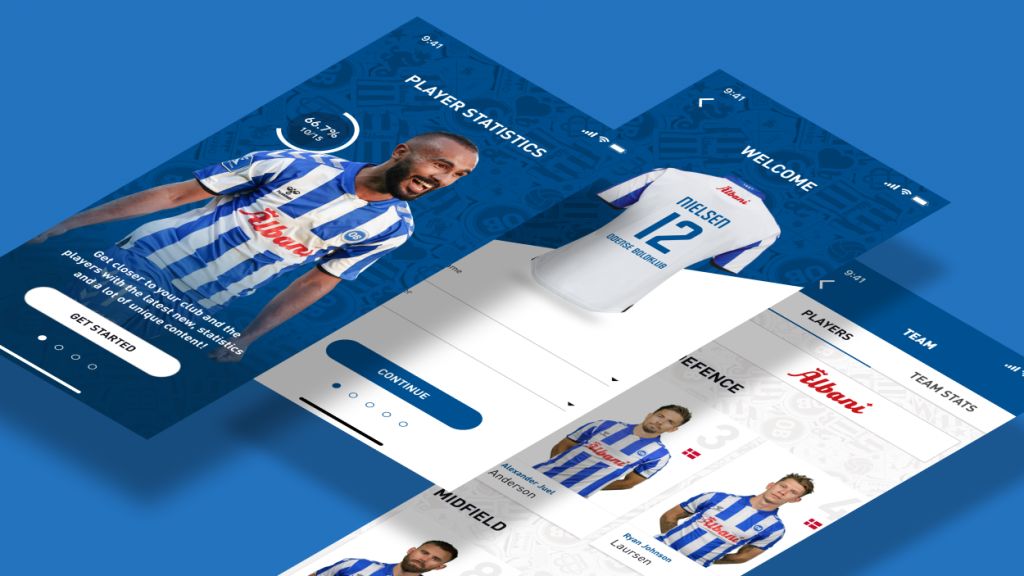7 steps to become a successful Freelance UX designer

I’ve worked for many years as a freelance UX designer, full time in agencies and eventually ended up working for myself. Here I list a few steps that I made to kick start my career, what to consider, why you’d choose to go freelance in the first place and how to become an expert in your line of work.
1. Tap into your network
When I first started out I already had a network of colleagues I could call upon and this was from years of working full time at an agency, I’d recommend investing a few years doing this to start with.
Build up your knowledge and contacts before jumping in to freelance straight away. Make the transition slowly overtime if you circumstances allow and you’ll gain more confidence over time.
2. Get clients, start small (get picky later on)
If you’ve decided to go freelance then there maybe a few reasons you chose to do it in the first place.
- You want a side gig – “I’m in full time work but unhappy”
- Got made redundant – “I have some experience and want to try freelance”
- Want a change of lifestyle – “I now have a hectic family life and looking for a better work life balance”
- Explore your own opportunities – “Been doing the same thing for years, I need a fresh challenge”
- Manage a business – “I have my own thoughts and ideas on how to do business”
Whatever the reason maybe, you need to start by a having clients so you can build up cashflow, without that you don’t have a business so start small and get picky later on. If you have mundane projects on, do a version of it that will wow potential clients and start to build excitement for your portfolio. My advice here is to get on LinkedIn, ask for recommendations and build on your profile, also don’t forget about Twitter and Behance.
3. Create your brand and invest in a portfolio
At the start you’ll find yourself multi-tasking, doing initial client work and trying to design your website at the same time. I’m not going to lie, it’s hard work at the start but you’ll get there with persistence (and strong coffee).
You just need to get a few decent pieces of work to start with and build it up from there, you have to be visible to people or you may as well not exist. Try getting online faster with Squarespace and then build a unique style as you progress on your own platform. I mention more of my experience as a freelance UX UI designer here.
4. Always stay proactive and look for new opportunities
This point sounds obvious, but as a freelancer they’ll be times when you’re too busy and you haven’t got time, you need to invest in writing blog articles, updating your work and generally looking at how you rank in SEO.
Try and make opportunities come to you and build an audience on social networks linking back to your website. One of the fears that a freelancer might have is that work may dry up so you don’t want to be reactive if this happens. Always stay proactive and connect with new clients wherever possible even if you haven’t got capacity to take on extra work at the time.

5. Build relationships with clients and review how you work
As a freelancer no matter how many years of experience you may have, one month you may be stacked out with work and the next month you’ve got nothing. My advice is when you get clients try and build a relationship where they continually come back to you as their preferred designer, writer, consultant, UX expert etc. This will start to help with your predicted monthly income. Try and gain a few clients like this so you spread your risk.
6. Start to become an expert
The reason you get hired is because a business owner needs expertise to add value to their business – so you need to be seen as a master of your craft. Show how you work, display storytelling in your case studies, write more articles and be willing to give advice (for free) to build and audience.
There are no secrets to success. It is the result of preparation, hard work, and learning from failure.
Colin Powell
7. Raise your price, avoid smaller jobs
Do you find yourself too busy with not enough hours in the day? The chances are you’re not happy and that could be to do with your pricing strategy. Look to add value to client requests and quote for a fixed fee in stages.
When clients see value in what you deliver you’ll have the ability to demand the financial reward you believe you’re worth. This will be the most opportune time for you to start slowly raising your rates where projects require more of a strategic end to end process. Taking this aproach will mean less pressure, more money and allow time for you to invest in yourself and grow your business.




1 Comments